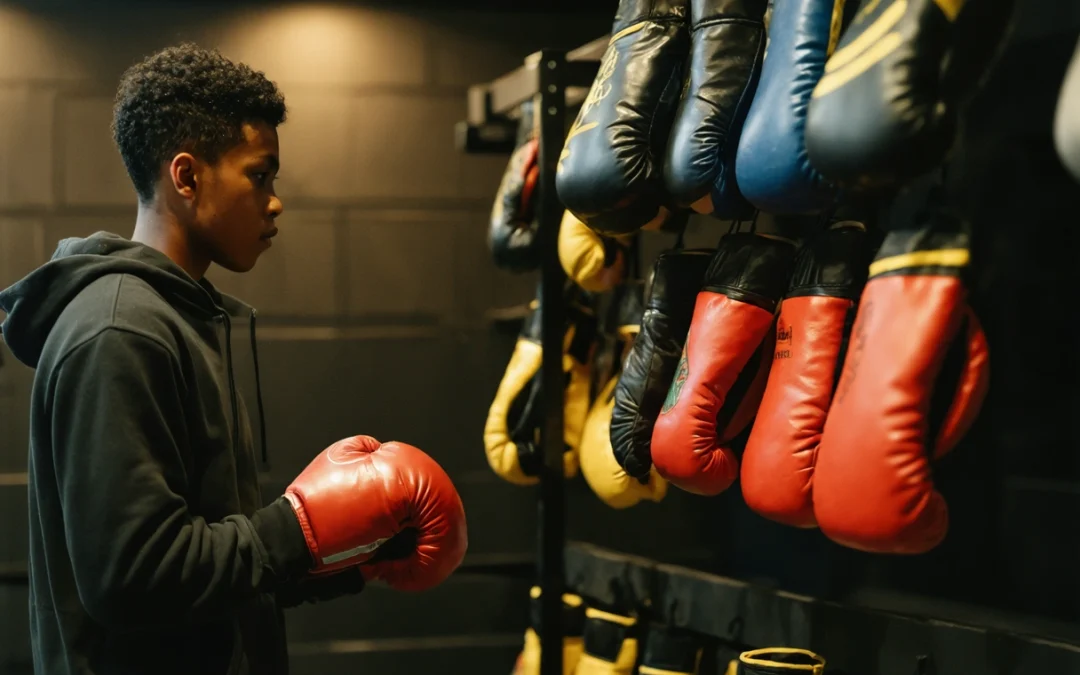The Ultimate Guide to Choosing Your First Boxing Gloves
Stepping into the world of boxing is an exciting journey, whether your goal is fitness, self-defense, or competitive fighting. One of the first and most critical decisions you’ll face is selecting the right pair of boxing gloves. With a dizzying number of options on the market, understanding what makes a great glove and how to choose the perfect pair for your needs can be daunting. This comprehensive guide will walk you through everything you need to know about selecting your first boxing gloves, ensuring safety, comfort, and performance from your very first punch.
From understanding glove types and sizing to exploring materials, closure systems, and maintenance tips, we’ll cover every aspect of boxing gloves. Whether you’re hitting the heavy bag, sparring with a partner, or stepping into the ring, the right gloves can make all the difference in your progress and enjoyment of this timeless sport. Let’s dive deep into the essentials of boxing gloves for beginners.
Why the Right Boxing Gloves Matter
Boxing gloves are far more than just protective gear—they’re your primary tool for training and competition. Wearing the wrong gloves can hinder your technique, cause discomfort, or even lead to injuries that could have been easily avoided. Proper gloves protect your hands and wrists, help you punch with correct form, and shield both you and your training partners from unnecessary harm.
Additionally, the right gloves can enhance your confidence in the gym and on the canvas. Knowing that your hands are protected allows you to focus on improving your skills, power, and endurance. With so much at stake, investing time in choosing the right boxing gloves is one of the smartest moves a new boxer can make.
Understanding Different Types of Boxing Gloves
The first step in selecting boxing gloves is understanding the different types available. Not all gloves are created equal—each type serves a specific purpose and is designed for particular activities within the sport. Using the right glove for the right activity boosts performance and safety, so let’s break down the main categories:
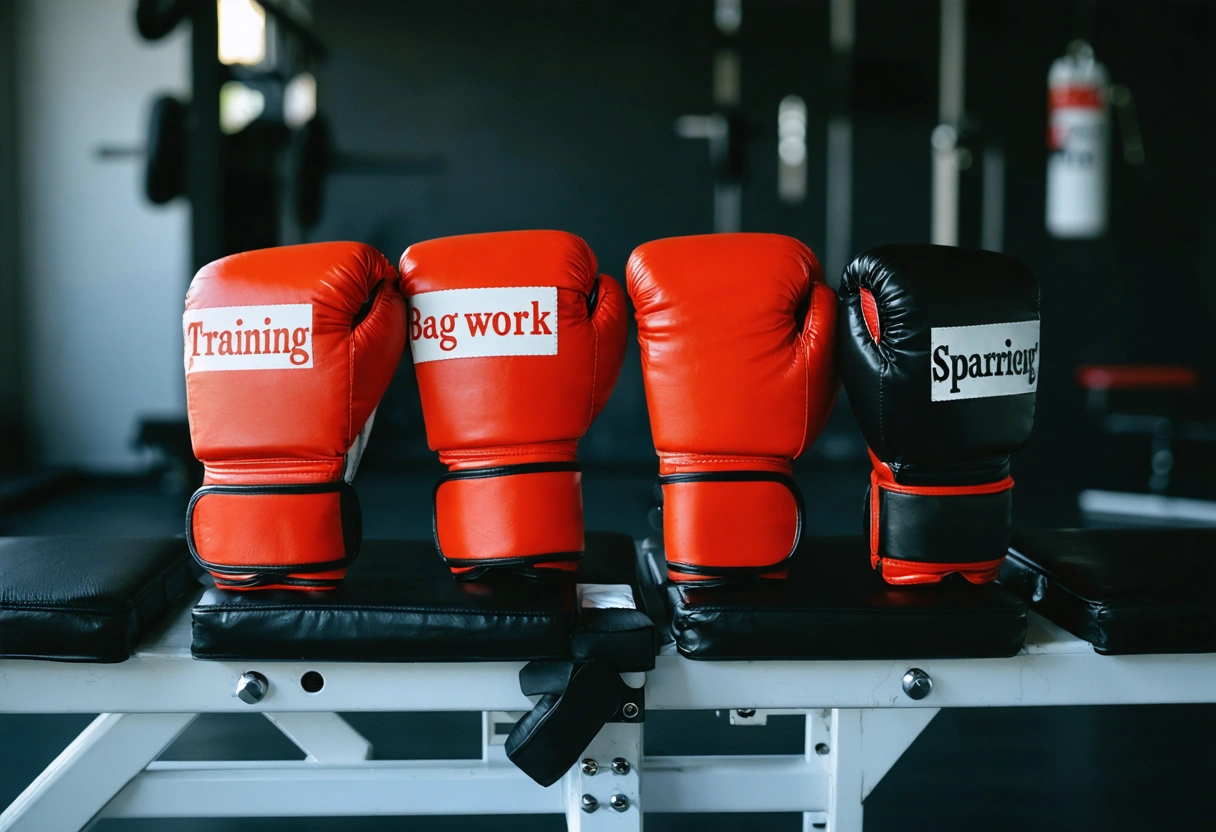
- Training Gloves: These are versatile gloves suitable for general training, including bag work and pad sessions. They offer a balance of protection and comfort, making them ideal for beginners.
- Bag Gloves: Specifically designed for heavy bag workouts, these gloves offer extra padding to absorb impact and protect your hands during repetitive punching.
- Sparring Gloves: Larger and softer than training gloves, sparring gloves are designed to protect both you and your opponent during practice bouts. The extra padding reduces the risk of injury.
- Competition Gloves: Used in amateur and professional matches, these gloves are lighter and more compact, providing less padding for harder punches but still offering adequate hand protection.
- Muay Thai Gloves: While similar in appearance, these gloves are more flexible and allow for clinching, making them suitable for kickboxing and Muay Thai practitioners.
Understanding the distinctions between glove types is essential for choosing the right pair. For most beginners, a good-quality pair of training gloves will suffice, offering the versatility needed as you explore different aspects of boxing.
Boxing Glove Sizes and Weight: What’s Right for You?
Boxing gloves come in a range of sizes and weights, typically measured in ounces (oz). The weight of a glove affects both protection and performance, so selecting the appropriate size based on your body weight, hand size, and training purpose is critical. Common glove sizes include 8oz, 10oz, 12oz, 14oz, and 16oz, with larger sizes providing more padding and protection.
Here’s a general guide to help you match glove weight to your needs:
- 8oz-10oz: Best for competitive boxing or individuals with smaller hands. These are also used in some amateur matches.
- 12oz: A great all-around size for bag work and pad training, especially for those with average-sized hands.
- 14oz: Popular for general training and light sparring. Offers increased protection for both user and partner.
- 16oz: Standard size for sparring and for individuals with larger hands or higher body weight. These gloves provide maximum protection.
To ensure a proper fit, always try on gloves before purchasing if possible. Your gloves should feel snug but not overly tight, with enough room to accommodate hand wraps. For a more detailed breakdown of glove sizing and fitting tips, check out this comprehensive boxing glove size guide.
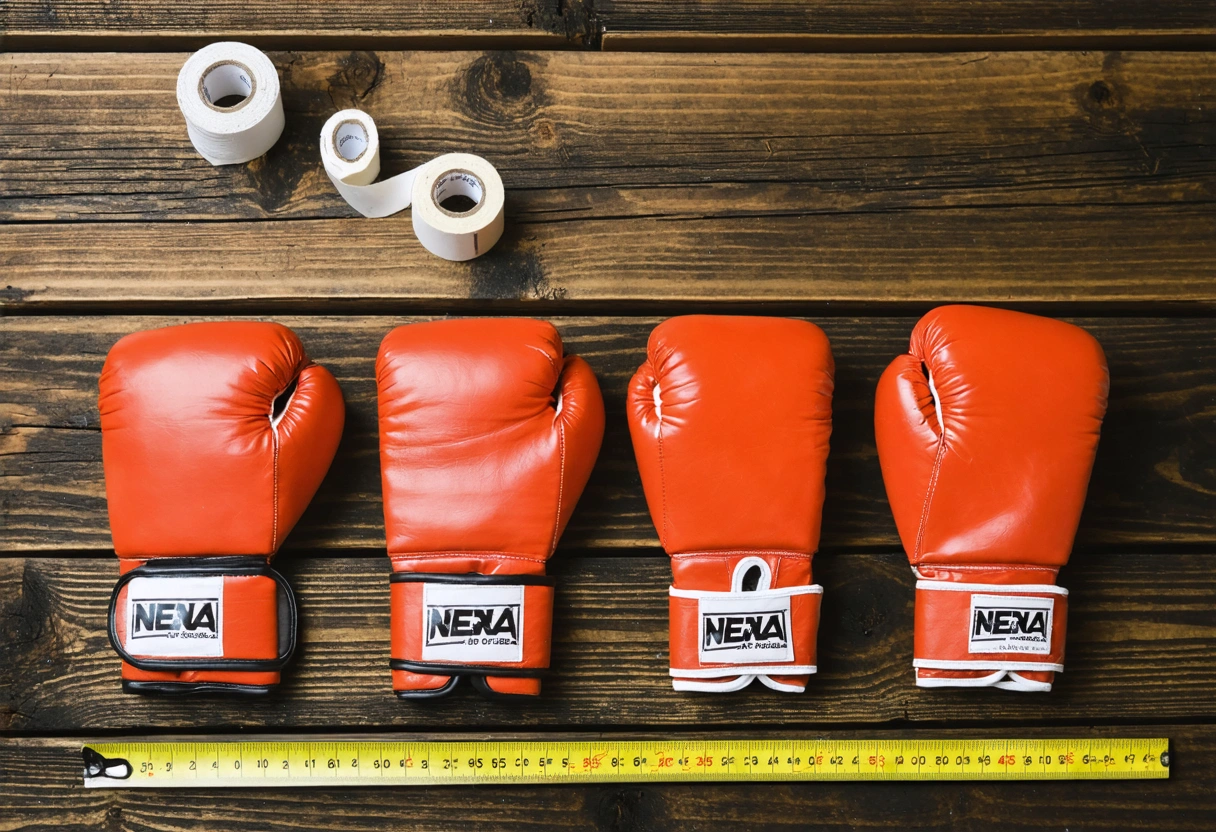
Material Matters: Leather vs. Synthetic Boxing Gloves
The material of your boxing gloves greatly influences their durability, comfort, and cost. Boxing gloves are typically made from either genuine leather or synthetic materials such as polyurethane (PU) or vinyl. Each material has its own advantages and drawbacks:
- Leather Gloves: Known for superior durability and comfort, genuine leather gloves mold to your hands over time, providing a personalized fit. They are generally more expensive but last longer, making them a worthwhile investment for dedicated boxers.
- Synthetic Gloves: More affordable and easier to clean, synthetic gloves are a popular choice for beginners and casual users. However, they tend to wear out faster and may not offer the same level of breathability or comfort as leather gloves.
When choosing your first pair, consider how often you plan to train and your budget. For frequent training, leather gloves are often recommended. For those just starting or training lightly, synthetic gloves can be a practical option. For an in-depth comparison of glove materials and their pros and cons, visit this detailed article on glove materials.
Closure Systems: Lace-Up vs. Velcro Boxing Gloves
The closure system of boxing gloves affects both fit and convenience. There are two primary types: lace-up and Velcro (hook-and-loop) closures. Each has its merits, and the best choice depends on your personal needs and training environment.
- Lace-Up Gloves: These offer a secure, custom fit and are favored by professional fighters. Laces distribute pressure evenly across the wrist, providing excellent support. However, they require assistance to put on and remove, making them less practical for solo training.
- Velcro Gloves: Designed for convenience, Velcro gloves can be quickly put on and taken off without help. They are highly popular among beginners and for gym use. While they may not offer the same level of wrist support as lace-ups, modern designs are highly effective for most training needs.
For your first pair, Velcro gloves are usually the best option due to their user-friendly design. As you progress in your boxing journey, you may consider investing in lace-up gloves for specialized needs such as competition or advanced sparring.
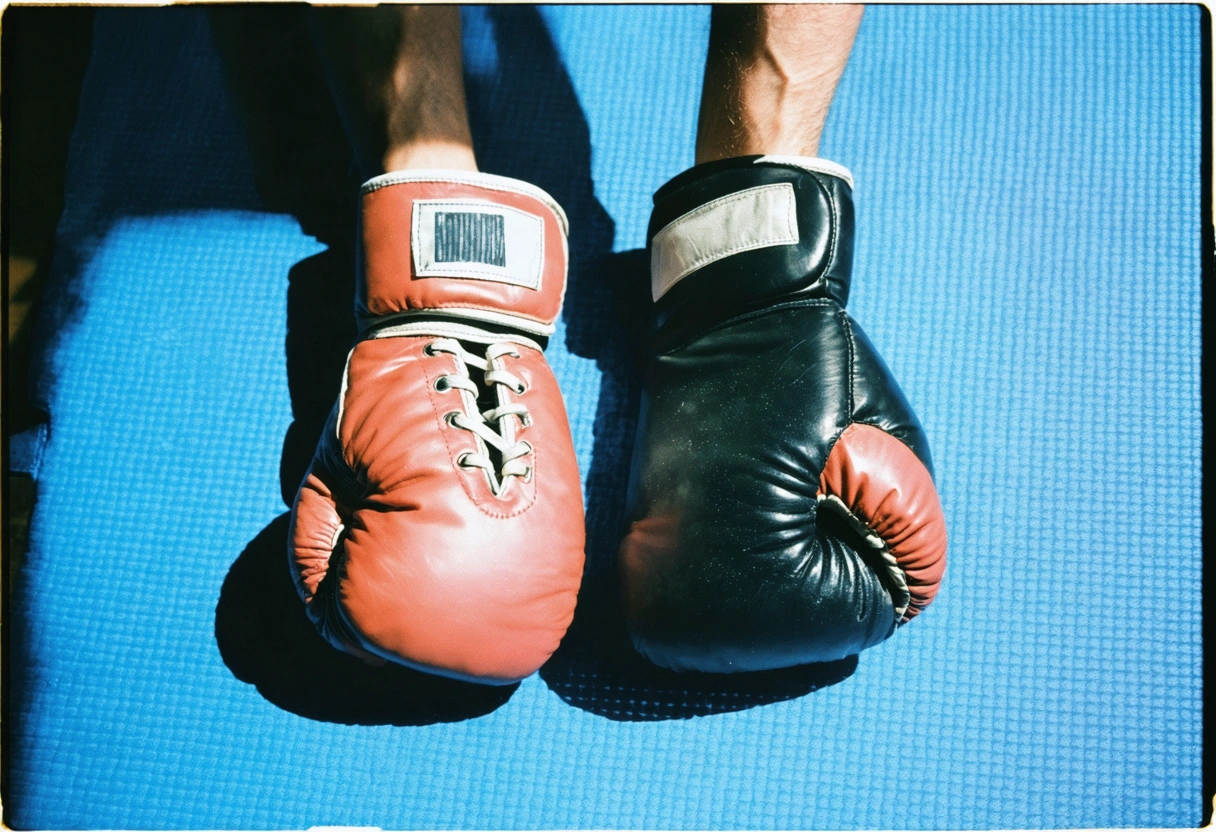
Hand Wraps: An Essential Companion to Boxing Gloves
Before slipping into your gloves, you’ll need to protect your hands with hand wraps. Hand wraps provide critical support for your wrists, knuckles, and fingers, reducing the risk of injury during training. They also help absorb sweat, keeping your gloves fresher for longer.
When choosing boxing gloves, always account for the space that hand wraps will occupy. Gloves that feel snug without wraps may become uncomfortably tight once wraps are added. For beginners, standard 180-inch wraps work well, but shorter wraps are available for smaller hands. Learn how to wrap your hands properly with this step-by-step hand wrapping guide.
Key Features to Look for in Beginner Boxing Gloves
With so many brands and models available, it’s easy to get overwhelmed by choices. Here are the most important features to prioritize when buying your first pair of boxing gloves:
- Padded Knuckle Area: Ample padding in the knuckle area is essential to reduce impact and prevent injuries.
- Wrist Support: Look for gloves that offer solid wrist support, especially if you have a history of wrist injuries.
- Ventilation: Mesh panels or perforations help keep your hands cool and reduce odor buildup, enhancing comfort during long sessions.
- Stitching Quality: Reinforced stitching improves durability and helps gloves maintain their shape over time.
- Weight Distribution: Well-balanced gloves feel natural and allow for proper punching technique.
Try to balance quality and affordability. Established brands such as Everlast, Title, Ringside, and Venum offer excellent options for beginners. For a curated selection of highly-rated gloves, see this expert review of the best boxing gloves for beginners.
How to Try On and Test Boxing Gloves
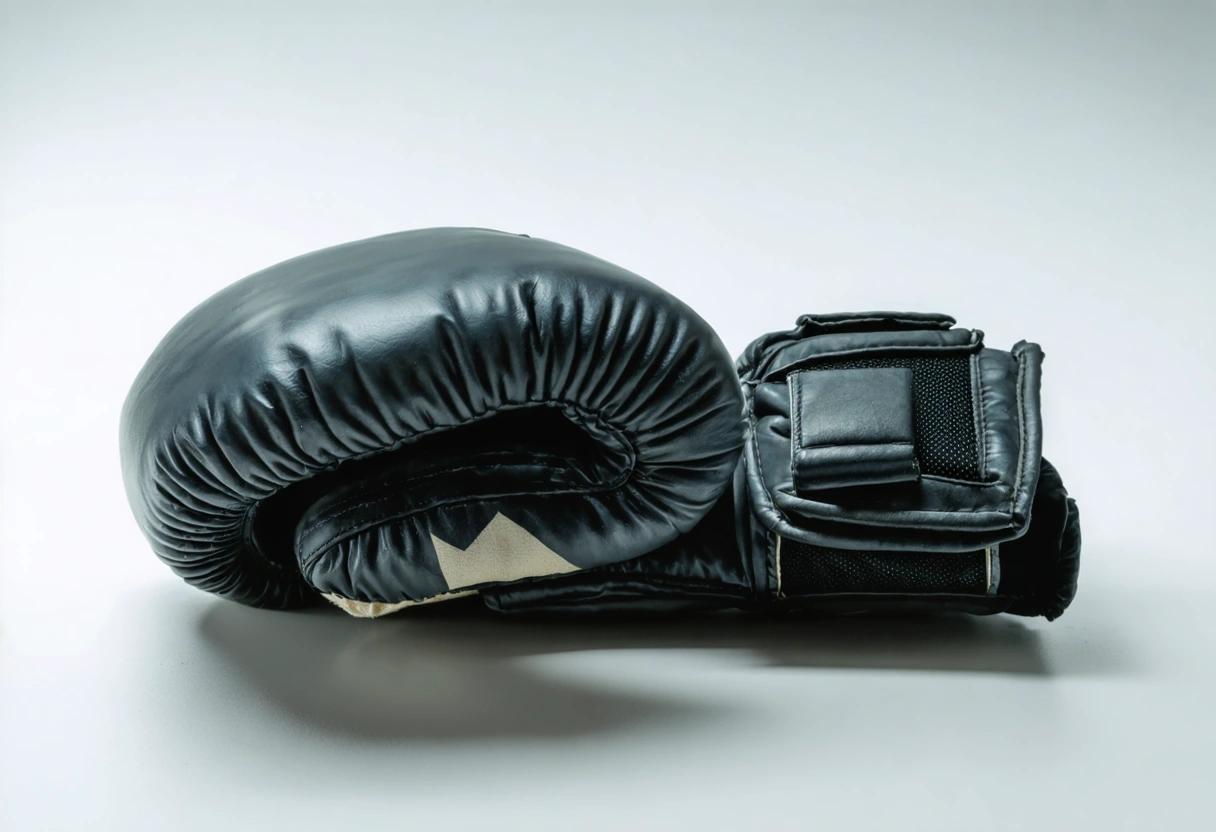
Before purchasing, it’s always best to try on gloves whenever possible. Here’s how to properly test them:
- Wear Hand Wraps: Always test gloves with hand wraps on, as this will affect the fit and comfort.
- Check for Snugness: Gloves should fit snugly without being painfully tight. Your fingertips should reach the top of the glove comfortably.
- Test the Closure: Secure the Velcro or lace-up closure and ensure ample wrist support. Flex your hand into a fist and relax it—there should be no pinching or excessive looseness.
- Punch for Feedback: Lightly hit a heavy bag or mitts to gauge comfort, padding, and balance. There should be no sharp pressure points or discomfort.
- Assess Mobility: Make sure you can open and close your fist easily, and that the gloves don’t restrict your movement.
If you’re buying online, check return policies and reviews for feedback on sizing and comfort. Many reputable online retailers provide detailed sizing charts to assist in your selection.
Maintaining and Caring for Your Boxing Gloves
Proper care extends the life of your gloves and helps prevent the buildup of odor-causing bacteria. Follow these tips to keep your gloves in top condition:
- Air Dry After Use: Never store gloves in a closed gym bag while damp. Open them up and allow them to air dry thoroughly after every session.
- Use Glove Deodorizers: Specialized glove deodorizers or moisture-absorbing inserts help keep gloves fresh and dry.
- Clean the Exterior: Wipe down the outside of your gloves with a damp cloth and mild soap as needed.
- Disinfect Regularly: Use an antibacterial spray designed for sports equipment to kill germs and prevent odors.
- Avoid Direct Sunlight: While drying is important, avoid leaving gloves in direct sunlight for extended periods, as this can cause materials to crack or fade.
For a comprehensive look at glove maintenance and cleaning, refer to this expert guide to cleaning boxing gloves.
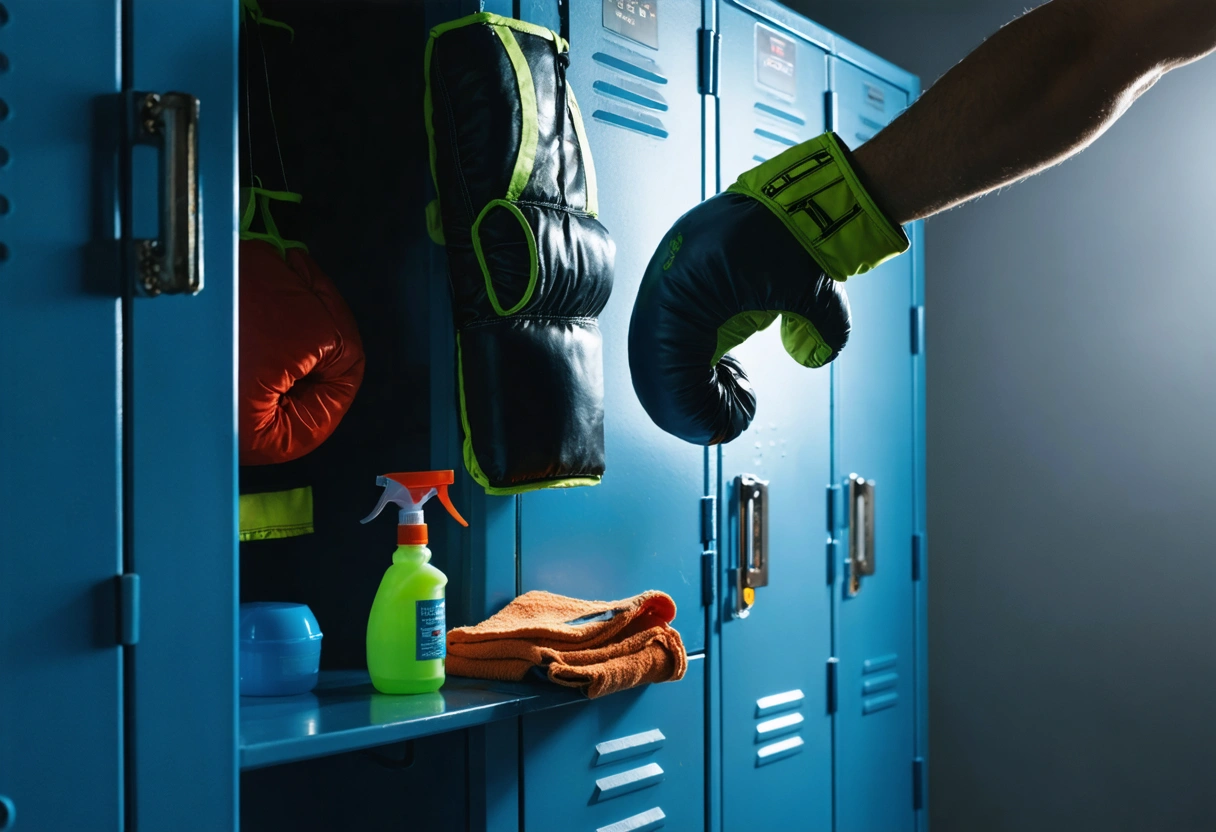
Common Mistakes to Avoid When Buying Your First Boxing Gloves
New boxers often make a few key mistakes when purchasing their first pair of gloves. Being aware of these pitfalls can save you time, money, and prevent frustration:
- Choosing the Wrong Size: Gloves that are too small or too large can hinder your performance and increase the risk of injury.
- Overlooking Glove Purpose: Using bag gloves for sparring or competition gloves for training can lead to inadequate protection or discomfort.
- Focusing Only on Price: Cheaper gloves often sacrifice quality. Invest in a reputable brand for better durability and comfort.
- Ignoring Hand Wraps: Not accounting for hand wraps when sizing gloves can result in an overly tight or loose fit.
- Skipping Research: Take the time to read reviews and seek advice from coaches or experienced boxers before purchasing.
By avoiding these common mistakes, you’ll set yourself up for a more enjoyable and productive boxing experience.
Step Confidently into the Ring
Choosing your first boxing gloves is a pivotal step in your boxing journey. The right pair will protect your hands, enhance your technique, and ensure you get the most out of every training session. Remember to consider glove type, size, material, closure system, and essential features before making your purchase. Don’t forget the importance of hand wraps and proper glove care to extend the life of your investment.
As you progress, you may find your preferences and needs change, but starting with a solid, well-chosen pair of gloves will lay a strong foundation. For more in-depth advice on boxing gear and beginner training, explore the ultimate beginner’s guide to boxing equipment. With the right gloves on your hands and the right knowledge in your corner, you’ll be ready to tackle every challenge boxing throws your way. Happy training!

